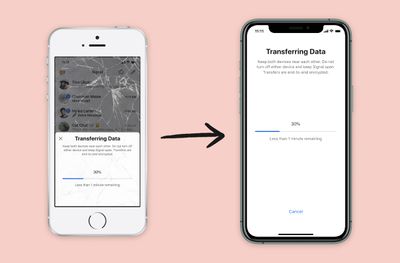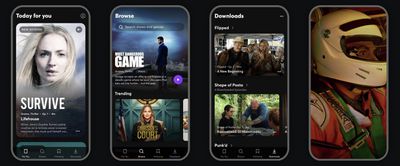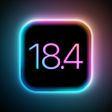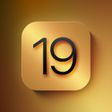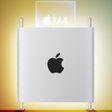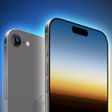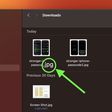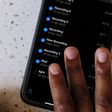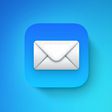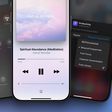Apple CEO Tim Cook today took to Twitter to announce Apple's Racial Equity and Justice initiative, with a $100 million commitment.
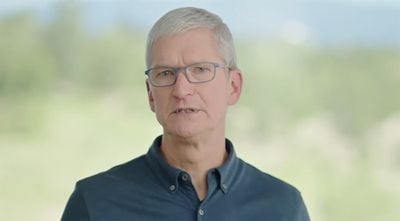
The effort will be led by Apple's vice president of environment, policy, and social initiatives, Lisa Jackson.
Beginning in the United States and expanding globally over time, the initiative will challenge the systemic barriers to opportunity and dignity that exist for communities of color and particularly for the black community with special focus on issues of education, economic equality and criminal justice reform.
Cook says the initiative will build on Apple's existing work in the racial justice space, significantly broadening its scope and impact through a model that was also used for Apple's environmental efforts.
Lisa has revolutionized our environmental work by looking across the company, bringing existing teams and projects together under one umbrella, dramatically expanding those efforts and compounding and magnifying their results. We want to bring that same holistic focus and companywide scale to racial justice and breaking down barriers to opportunity across our society.
Apple says the effort will build on its work with historically black colleges, community colleges, STEM education, and underserved students and teachers, as well as forging new partnerships with organizations like the Equal Justice Initiative.
The unfinished work of racial justice and equality call us all to account. Things must change, and Apple's committed to being a force for that change. Today, I'm proud to announce Apple’s Racial Equity and Justice Initiative, with a $100 million commitment. pic.twitter.com/AoYafq2xlp — Tim Cook (@tim_cook) June 11, 2020
Apple is announcing a new developer entrepreneurial camp for black developers ahead of WWDC 2020. In the supply chain, Apple is also committing to increasing its spending with black owned partners and increasing representation across companies it does business with.
Fighting for equality and justice for my community has driven my career as an environmentalist. I’ll continue the work leading Apple’s Racial Equity and Justice Initiative. #BlackLivesMatter https://t.co/JKuaQP3I2r — Lisa P. Jackson (@lisapjackson) June 11, 2020
Cook says that within Apple, "significant new steps" toward diversity and inclusion will be made because there is more "we can and must do to hire, develop, and support those from underrepresented groups."
This is a comprehensive effort governed by three principles: representation, inclusion, and accountability. I think accountability deserves special attention. Whether it is at Apple or anywhere else in society, the burden of change must not fall on those who are underrepresented. It falls heaviest on those in positions of power, leadership, and influence to change structures for the greater good.
Our commitment is to meet this challenge. Listening, learning, and acting collaboratively. Apple has never shied away from tough conversations about tough topics. In fact, they're the only way we make progress and that is still true today. We will do our part, and I want to send our gratitude to everyone who is pushing needed changes forward in their communities. Thank you.
Apple already maintains an inclusion and diversity website and shares regular updates on its efforts to diversify its workforce, push pay equity, and work with underserved communities to empower students and educators.
Note: Due to the political or social nature of the discussion regarding this topic, the discussion thread is located in our Political News forum. All forum members and site visitors are welcome to read and follow the thread, but posting is limited to forum members with at least 100 posts.


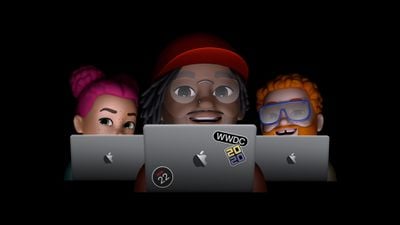
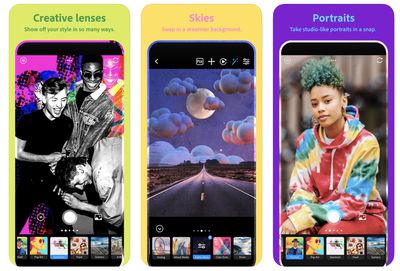
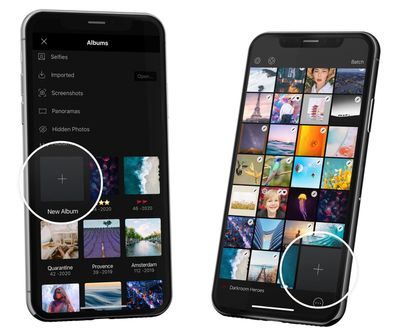
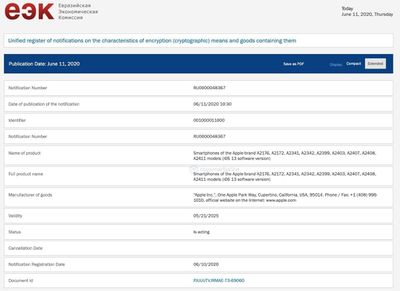
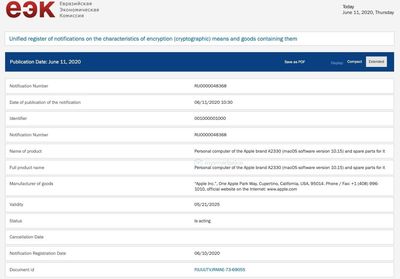
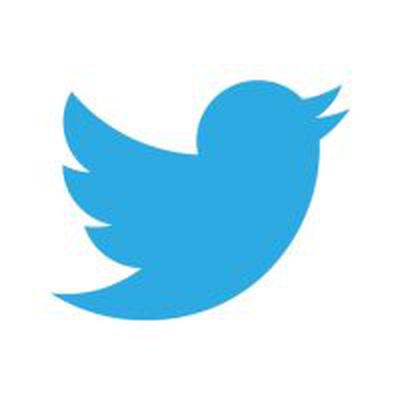 Twitter is testing a new feature that lets users respond to tweets with emoji, according to app reverse engineering expert Jane Manchun Wong (via
Twitter is testing a new feature that lets users respond to tweets with emoji, according to app reverse engineering expert Jane Manchun Wong (via 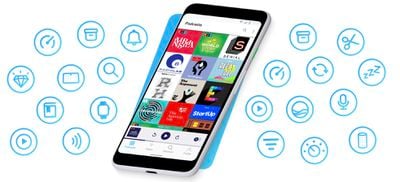
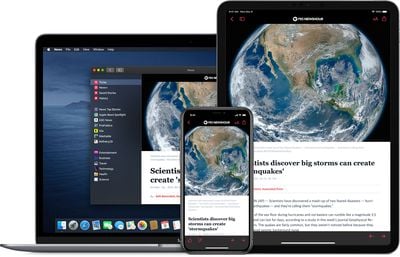
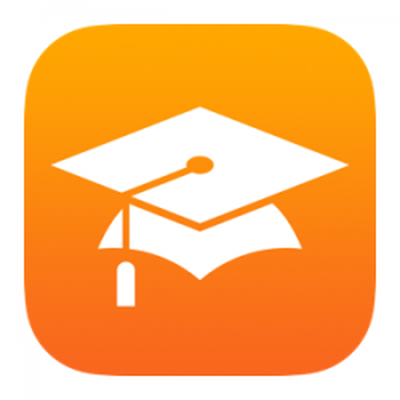 Apple will be discontinuing iTunes U at the end of 2021, according to a
Apple will be discontinuing iTunes U at the end of 2021, according to a 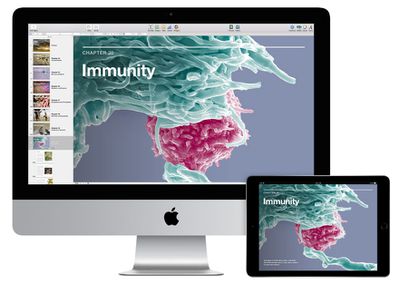
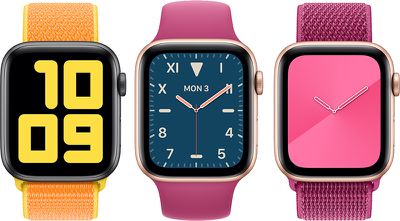
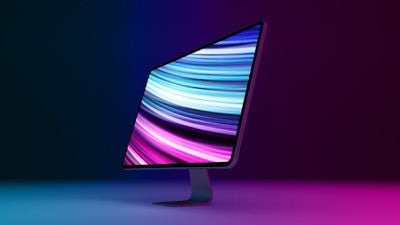

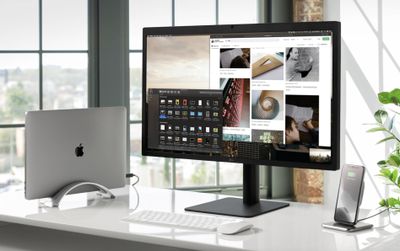
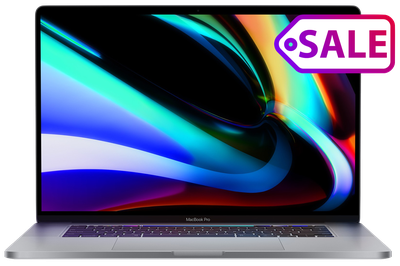 Note: MacRumors is an affiliate partner with these vendors. When you click a link and make a purchase, we may receive a small payment, which helps us keep the site running.
Note: MacRumors is an affiliate partner with these vendors. When you click a link and make a purchase, we may receive a small payment, which helps us keep the site running.
